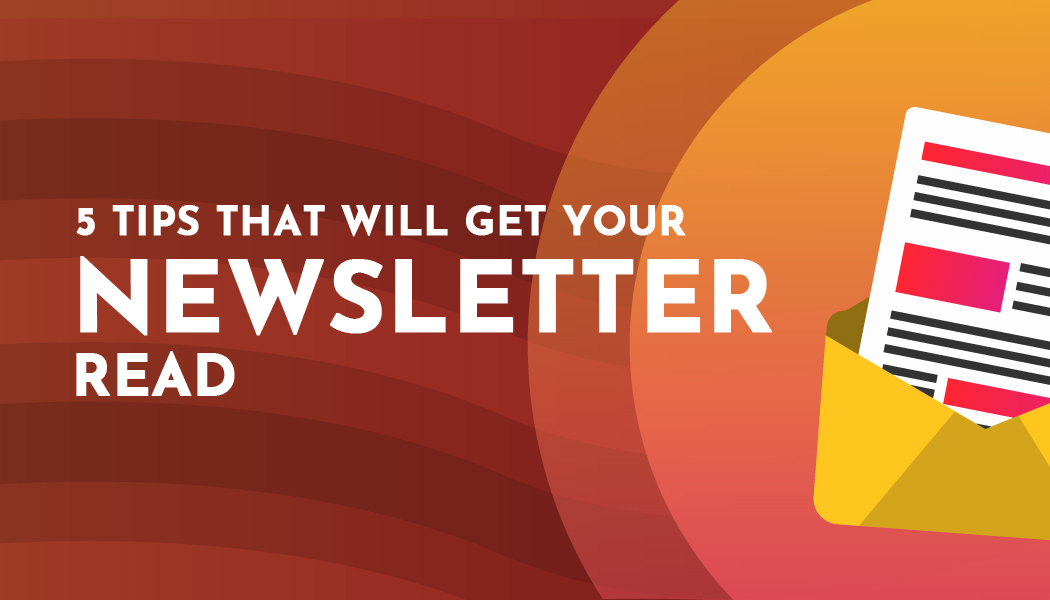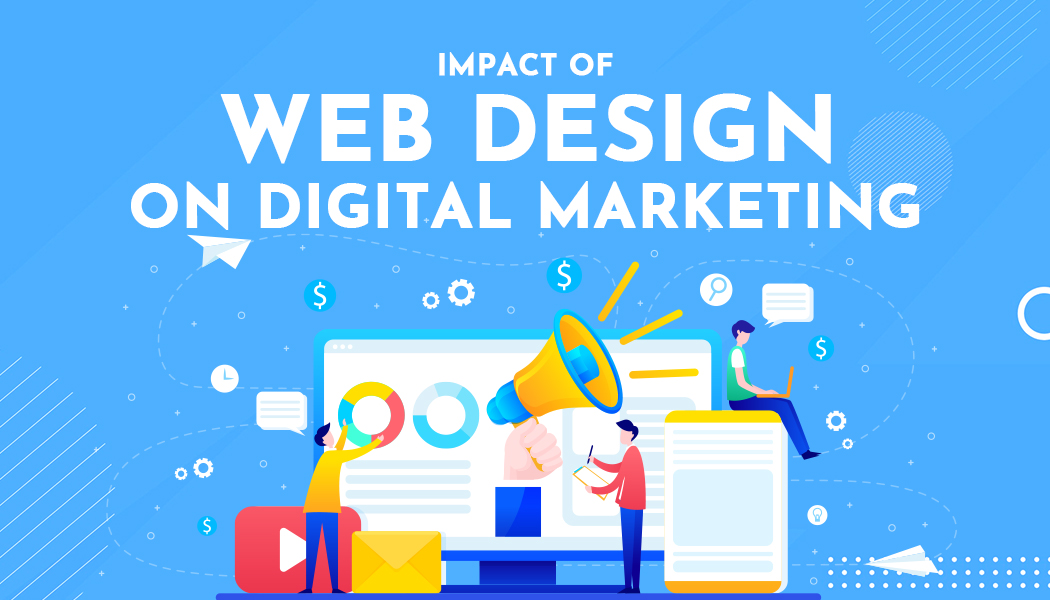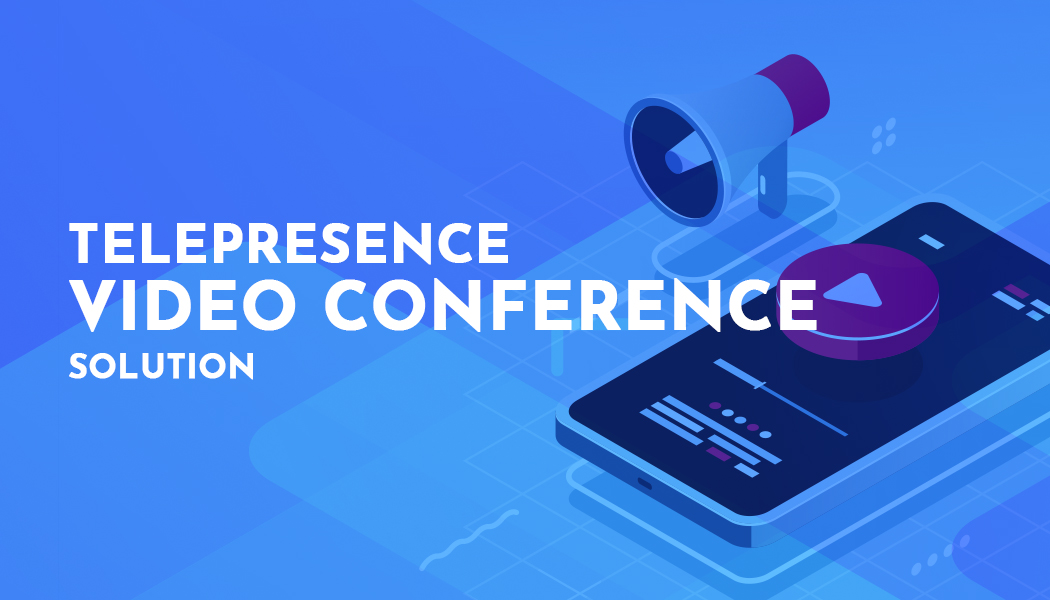5 Tips That Will Get Your Newsletter Read
Email marketing should be treated like gold to your business. It's a quick, easy and relatively cost-effective marketing tool. A properly managed email advertising or marketing campaign will help you gain more business by communicating specials, new services, or just to let customers know what it is your business does. It can also be used to retain customers and to keep them informed of service interruptions or delays should the worst happen. Getting your customers to subscribe to your mailing list is only half the battle, however, and getting them to actually read the emails you send them could be an even more difficult task if you don't present your emails correctly.
Incentivize Your Customers to Subscribe and Read Your Emails
The quickest and first thing you should do to not only get more users subscribed to your mailing list but more people to read it is to offer them renewing incentives. Simply making signing up for a mailing list part of a competition entry might see you get a spike of signups, but just as quickly these signups are likely to diminish, as people who signed up with winning in mind unsubscribe again. You need to create a value proposition to subscribe. After all, human beings respond to incentives.
Creating lasting incentives, like discounts for mailing list subscribers, or specials that only those on the mailing list have access to means that these subscribers are more likely to stay subscribed – and read your email to see what the special is.
Get Your Email Opened at All Costs
The very first battle to getting your email read is to get it opened without just being instantly deleted. You only have two fields available to you to make a first impression – your name and the subject, and you need to make both count. Once your subscribers know what to expect from your emails, and if the content is good enough to make them want to read it, then this part becomes less important. You will, however, always have new subscribers, so the best practice is to always treat your emails like the first email your customers will be receiving from you.
Statistics from research into the name and subject field indicate that the “from” line shows around 60% of users will open an email based on who it’s from and 30% based on the subject. These statistics also indicate that users trust email from a person more than they do from a company, so make your email personal and the subject line interesting enough that your recipient will want to find out more.
The First Line is the Hook
Once your email has been opened, the first thing that your customers will see is the opening line of your email. This is where you either lose their interest or hook them in to keep reading, so there’s a lot of strategies that should go into this first line. Some email clients will even display this first part of your opening line next to the subject in the list of emails.
Your opening line should create an instant call to action that will make your customers want to read on. This will quickly offer an incentive for them to keep reading your email.
Make Your Schedule and Content Consistent
Your sending schedule is incredibly important to not only getting your email read, but also in retaining your subscribers. If you send too much email or if your emails are of poor quality, users will simply unsubscribe. Make use of free email templates to increase the readability and click-through rates of your emails.
Falling back to statistics to cement this, it’s reported that over 50% of users will unsubscribe from your emails if they are irrelevant, off-topic, or don’t offer value. Common reasons listed for unsubscribing from email also include a rejection of the brand because of a bad experience, as well as bad design or layouts that don’t work on mobile phones.
Create Urgency and Give Your Email a Payoff
Users receiving your emails need to be called to action, and you should make their actions seem urgent. Whether that is offering a time-limited special or creating a strong call to action, the content of the email should aim to end off in a payoff line. Offering your reader something in return for their action appears to be the key based on market research.
Think of your payoff line as the single point at which your mailing list makes you money.
These tips should be read as a list of what to do and what not to do when you create your email marketing campaigns. The ultimate goal of any email is for the customer to read it and inspire them to act on the content - in the form of supporting your business. The key part of that goal is to get the customer to read what you’re sending. Following these tips gives your email the best chance of being read by your customers.




